Buying a car is one of the most significant financial decisions many people make, second only to purchasing a home for some. Yet, unlike homes, cars are famously depreciating assets, which means their value declines the moment they leave the lot and continues falling rapidly over time.
With this reality in mind, it’s essential for prospective buyers to approach vehicle purchases thoughtfully, particularly when considering how to finance them. The decision between paying cash or taking out a loan is not just a matter of convenience or preference—it can fundamentally shape your financial health and ownership experience.
Many drivers instinctively gravitate toward financing because it allows them to afford a more expensive or newer car with monthly payments spread out over time. While loans can offer advantages like preserving cash flow and enabling immediate use of a vehicle, they also come with risks.
Interest payments, loan fees, and the possibility of being “upside-down” (owing more than the car is worth) can turn what seems like a manageable expense into a long-term financial burden. This is especially true if the car depreciates quickly, requires costly repairs, or loses favor with buyers and dealerships in the used market.
On the other hand, paying cash for a car has many compelling benefits. Owning a vehicle outright eliminates monthly payments, interest charges, and the risk of negative equity. It also provides peace of mind and financial freedom, allowing owners to drive without the pressure of loan obligations. However, not every car is equally suited to a cash purchase.
Some vehicles maintain value well, are affordable to maintain, and are reliable, making them smart choices to buy outright. Others depreciate rapidly or have expensive upkeep, making financing a less prudent option, if not outright risky.
This article explores two sides of the coin: five cars you should seriously consider buying in cash because of their reliability, value retention, and manageable costs, and five cars you should avoid financing because they tend to depreciate rapidly, incur costly repairs, or simply aren’t good financial investments.
Whether you’re a first-time buyer or looking to add another vehicle to your collection, understanding these dynamics can save you money, reduce stress, and help you make smarter automotive decisions. By knowing which vehicles make the most sense to own free and clear and which ones are better avoided in loans, you can protect your wallet and enjoy your ride with confidence.
Also Read: 5 Cars That Are Great for Uber Drivers and 5 That Kill Your Earnings
5 Cars You Should Buy in Cash
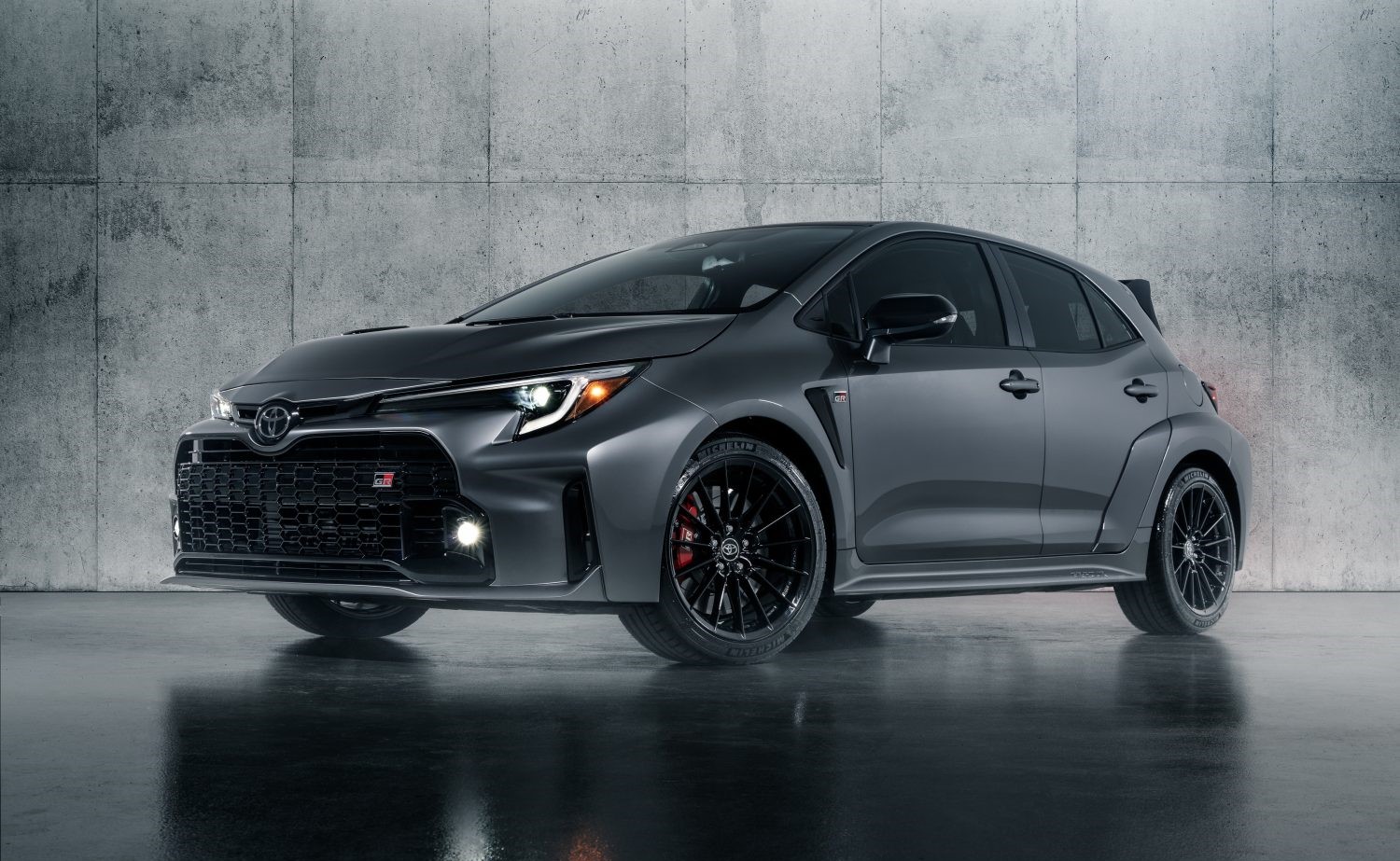
1. Toyota Corolla
The Toyota Corolla has been one of the world’s best-selling cars for decades, and for good reason. It embodies the principles of reliability, economy, and practicality in a way few other vehicles do. From a financial perspective, buying a Corolla outright with cash can be a highly intelligent decision.
The car is known for its incredibly low maintenance costs and exceptional durability, with many examples on the road today surpassing 200,000 miles with minimal issues.
This reliability means that owners don’t have to worry about unexpected repair bills eating into their budgets—something that can be a big concern when financing a vehicle and juggling monthly payments. Paying cash means you own your car outright, free and clear, which brings peace of mind, especially in uncertain financial times.
Another critical factor making the Corolla ideal for a cash purchase is its resale value. Unlike many economy cars that depreciate rapidly, the Corolla holds its value exceptionally well thanks to its stellar reputation and consistent demand in the used market.
This strong resale value reduces the risk of being “upside-down” on a loan, where you owe more than the car is worth—a common pitfall in auto financing.
By avoiding a loan, you escape interest charges and the possibility of negative equity, and if you decide to sell or trade in the vehicle down the line, you’re more likely to recoup a significant portion of your original investment. This makes the Corolla a smart vehicle for anyone wanting to avoid the financial stress of long-term car loans.
Additionally, the Corolla’s ubiquitous presence worldwide means parts, servicing, and expertise are easy to come by and generally affordable. Toyota’s reputation for reliability extends beyond the engine and drivetrain to every aspect of the car, which keeps ownership costs manageable. Insurance rates tend to be moderate, further adding to its financial appeal.
For budget-conscious buyers who want to minimize recurring expenses, owning a paid-off Corolla can translate into significant savings over time. Whether used as a daily commuter, family car, or even a first vehicle, the Corolla’s blend of low cost, reliability, and value retention makes it one of the safest bets to buy outright.
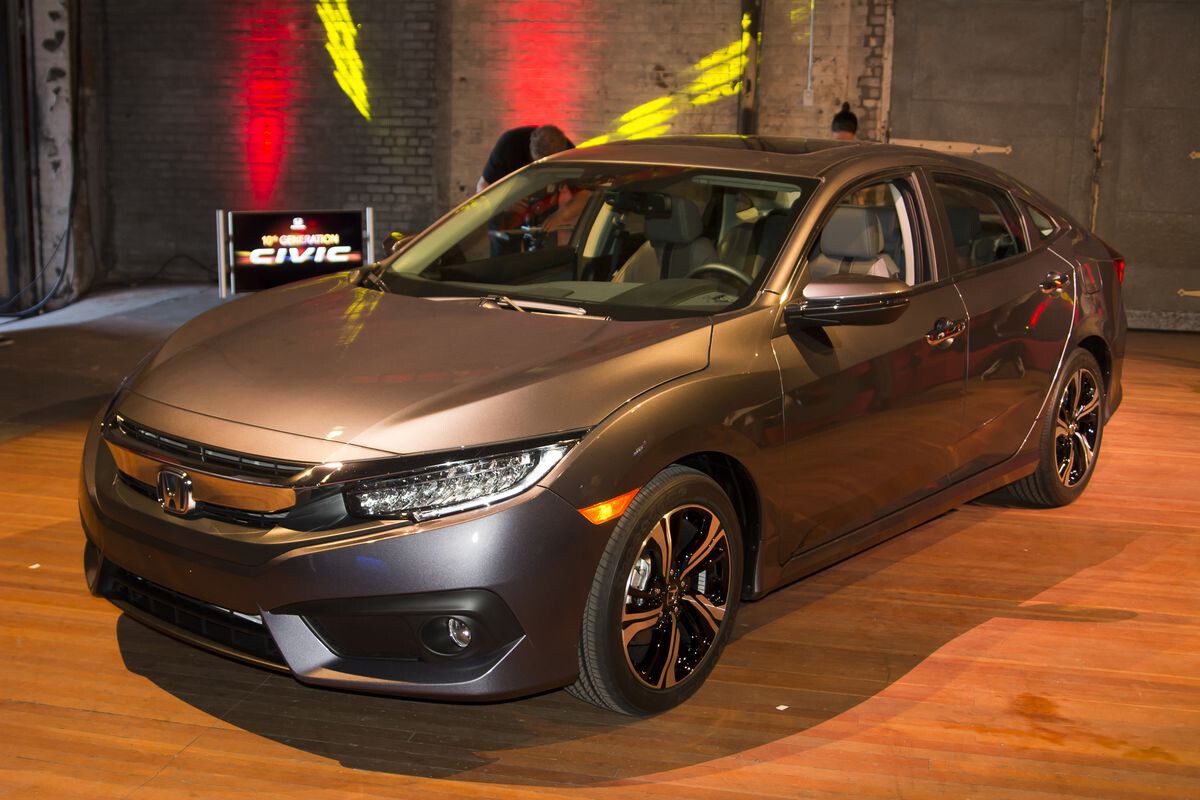
2. Honda Civic
The Honda Civic is a longtime favorite among drivers seeking a blend of reliability, fuel efficiency, and longevity, making it a perfect candidate for a cash purchase.
Over multiple generations, the Civic has built a reputation for mechanical soundness and low operating costs, often outlasting many competitors in its class. By purchasing a Civic with cash, buyers avoid paying interest and finance charges that can add significantly to the car’s cost.
This is especially important given how well the Civic retains its value and how inexpensive it is to maintain. Without monthly loan payments, Civic owners can direct their resources toward routine upkeep, modifications, or simply enjoy the freedom of not being tied to a financing contract.
Resale value is another key strength of the Civic. Models from various years continue to command good prices in the used market due to their dependable engineering and widespread popularity.
Unlike vehicles that depreciate quickly and leave buyers underwater on loans, the Civic’s strong resale ensures that your initial cash investment holds value well over time.
This financial stability means that owners can confidently invest in a quality used or new model outright, knowing they’re less likely to experience major financial loss later. It also provides flexibility—owners can sell or trade the car without worrying about owing more than it’s worth.
Moreover, the Civic offers a range of trims and options that cater to many different needs, from fuel-efficient base models to sportier Si variants favored by driving enthusiasts. The availability of parts and the abundance of knowledgeable mechanics make maintenance straightforward and affordable, which further supports the argument for buying in cash.
Insurance premiums tend to be reasonable, and many Civics have a reputation for safety, which can lead to additional savings. Ultimately, the Honda Civic’s proven track record, cost-effectiveness, and long-term value make it a standout choice for buyers looking to avoid financing and enjoy full ownership from day one.
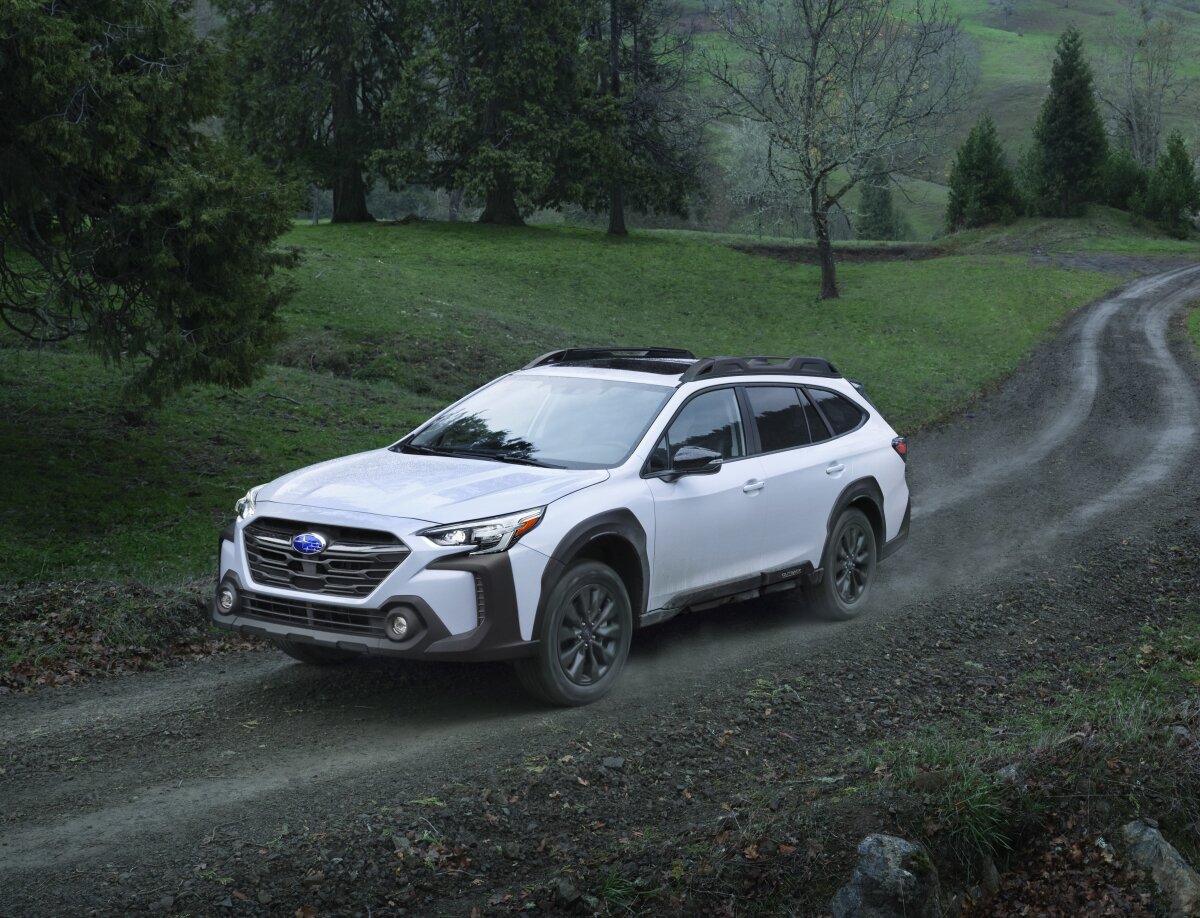
3. Subaru Outback
The Subaru Outback stands out in the crossover and wagon segment for its ruggedness, practicality, and all-weather capability—qualities that make it particularly valuable for drivers in regions with snow, rain, or rough terrain. Purchasing an Outback outright with cash is a wise decision, especially considering the vehicle’s above-average initial cost compared to many sedans.
Avoiding financing helps buyers dodge high interest rates and loan fees that can otherwise inflate the total cost of ownership significantly. With a cash purchase, owners start their journey fully in control, free from monthly financial obligations, which is a crucial advantage when balancing household budgets or other financial commitments.
Subaru’s hallmark symmetrical all-wheel drive system, combined with high safety ratings and dependable boxer engines, results in a vehicle that owners keep for many years, often with minimal major repairs. The Outback’s reputation for longevity means that buying cash is not only a purchase but an investment in dependable transportation.
Its robust resale value, particularly in markets that value AWD, helps owners retain much of their vehicle’s worth, mitigating depreciation risks. This strong residual value is vital when weighing the benefits of cash purchases versus loans, as it reduces the financial exposure commonly associated with long-term financing.
Furthermore, the Outback’s versatile interior, solid build quality, and reputation for rugged dependability enhance its appeal as a cash buy. The costs associated with maintenance and repairs are generally manageable, especially with Subaru’s loyal owner community and widespread service network. Insurance rates tend to be competitive for this segment, further lowering ongoing expenses.
Taken together, these factors make the Outback a standout candidate for buyers wanting to minimize their financial liabilities while securing a capable and long-lasting vehicle.
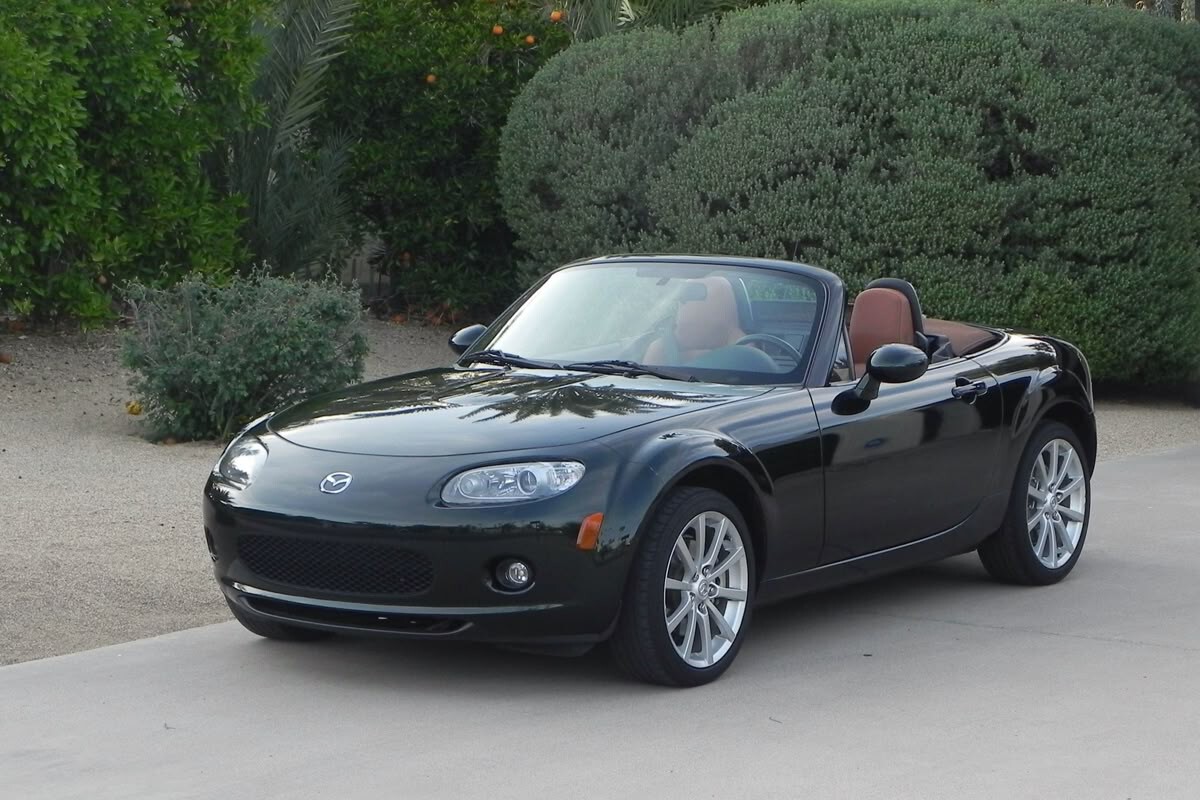
4. Mazda MX-5 Miata
The Mazda MX-5 Miata is celebrated as one of the most engaging, affordable, and reliable sports cars ever made. Its simplicity and mechanical purity have earned a devoted fan base, and its reputation for reliability makes it a strong contender for cash purchase.
Unlike many sports cars that come with higher insurance premiums and costly repairs, the Miata’s well-engineered and straightforward design keeps ownership costs relatively low. Buying the Miata outright eliminates the burden of monthly payments, allowing owners to enjoy the thrill of open-top motoring without the added stress of debt.
Another factor making the Miata an excellent cash purchase is its surprisingly strong resale value. Despite being a sports car, it defies typical depreciation patterns often seen in performance vehicles. Well-maintained Miatas retain value due to their popularity and the enthusiastic community that supports them.
This creates a favorable financial scenario where buyers who pay cash can avoid negative equity and make a savvy investment that continues to pay off in the long run. Moreover, the car’s manageable maintenance costs and widely available parts contribute to predictable ownership expenses.
Lastly, the Miata’s lightweight, fun-to-drive nature, combined with its affordability, means that buyers can purchase a well-sorted vehicle without stretching their budgets or resorting to loans.
The ability to pay cash and keep the car for years, enjoying low ongoing costs, is a major advantage. Whether used as a weekend fun car or daily driver, the Miata offers an exceptional ownership experience that aligns perfectly with a cash-buying philosophy focused on avoiding debt and maximizing enjoyment.
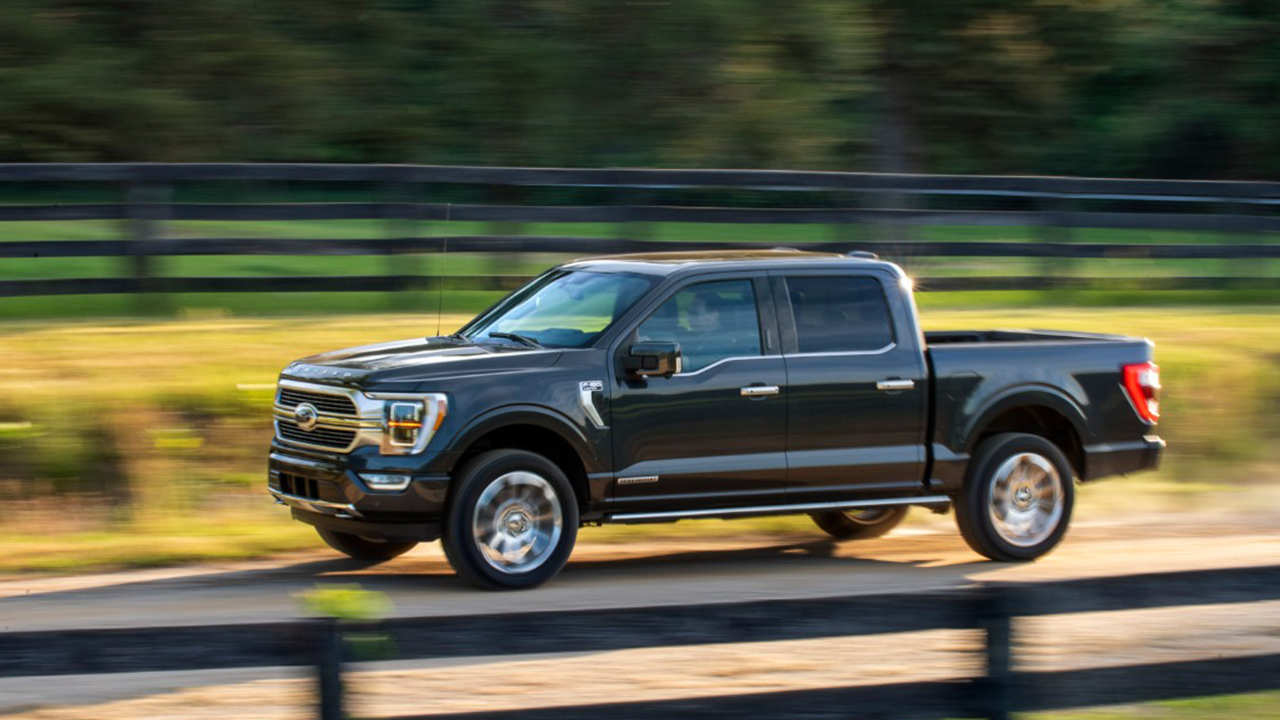
5. Ford F-150 (Used)
The Ford F-150’s reputation as a rugged, versatile, and reliable truck makes it an ideal candidate for a cash purchase, especially when considering used models. The F-150 is America’s best-selling vehicle for decades, thanks to its impressive towing capabilities, durability, and broad appeal.
Buying a used F-150 outright with cash can save buyers thousands in interest payments, which can quickly accumulate when financing trucks. Given the F-150’s strong resale value and longevity, paying cash means owning a proven workhorse free of monthly debt, which is especially important for those who rely on the truck for work or heavy use.
Used F-150s often maintain their mechanical integrity well into high mileage, which reduces the risks typically associated with buying a used vehicle outright. Combined with the truck’s solid build quality, this longevity means that buyers can get substantial value without tying themselves to a loan.
Additionally, the extensive aftermarket and service network for the F-150 ensures that maintenance and repair costs remain reasonable. This support network, alongside the truck’s reputation for toughness, makes cash purchasing a sound financial choice.
Finally, owning a paid-off F-150 means the owner gains full control over their asset, with no bank holding a lien. This autonomy can be valuable for buyers who want flexibility, whether that means selling the truck quickly or customizing it without lender restrictions.
For long-term truck owners or those who use the vehicle heavily, the benefits of a cash purchase, such as peace of mind and reduced costs, make the Ford F-150 an excellent choice to buy outright.
5 That Aren’t Worth Any Loan
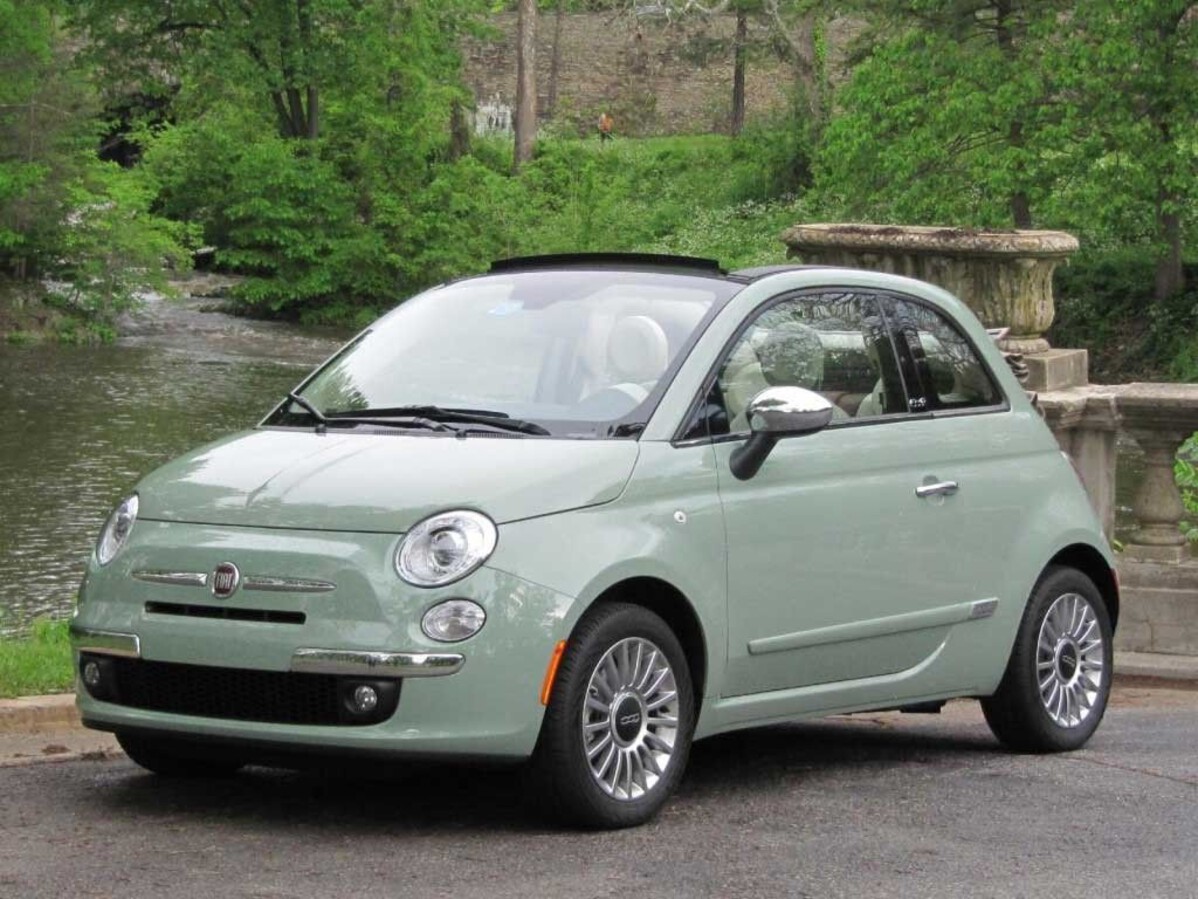
1. Fiat 500
The Fiat 500 has often been praised for its eye-catching retro styling and compact size, making it seem like an ideal city car at first glance. However, beneath its charming exterior lies a series of practical issues that make financing this vehicle a poor choice.
Known for frequent electrical gremlins, transmission problems, and inconsistent build quality, the Fiat 500 tends to rack up higher-than-expected maintenance costs. These unexpected expenses can quickly outweigh the perceived savings of a low purchase price. When financing, these repair bills combined with monthly payments create a financial strain that many buyers regret.
Beyond reliability concerns, the Fiat 500 depreciates rapidly compared to many of its competitors. The limited demand for used models means the car loses value quickly, making it highly likely that a buyer with a loan will end up owing more than the car is worth well before the loan term ends.
This negative equity scenario puts owners in a tough financial position, especially if they need to sell or trade the car sooner than expected. Financing a Fiat 500, therefore, compounds financial risk, turning what initially seems like an affordable purchase into a long-term burden.
Additionally, the Fiat 500’s small size and quirky design often limit its practicality, which narrows its appeal and resale market. Insurance premiums can be surprisingly high given its small stature, and the cost to maintain its European engineering can be steep outside of urban centers with specialized mechanics.
For these reasons, prospective buyers are advised either to pay cash if they are truly set on the model or avoid the Fiat 500 altogether. Taking out a loan on a vehicle with these drawbacks rarely results in financial or emotional satisfaction.
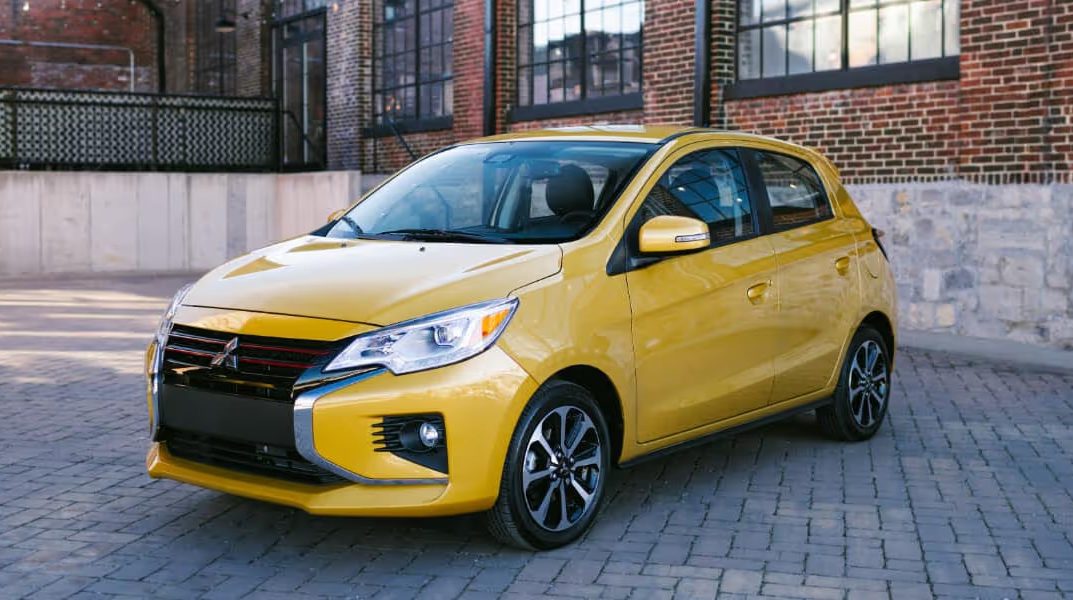
2. Mitsubishi Mirage
The Mitsubishi Mirage is a car that often attracts buyers primarily because of its very low initial price. However, this bargain-basement cost comes with significant trade-offs that make financing it a questionable decision.
The Mirage has long been criticized for its underwhelming performance, uninspiring interior, and a general lack of refinement that is readily apparent to both drivers and passengers.
While cheap to buy, it depreciates steeply due to its poor reputation and limited features compared to other subcompacts. Buyers who finance the Mirage are often left with negative equity quickly, meaning they owe more than the vehicle’s value early in ownership.
Further compounding the Mirage’s problem is its questionable reliability. Though Mitsubishi has worked to improve the brand’s quality, the Mirage’s simplistic and low-cost engineering sometimes results in more frequent repairs and replacements than buyers expect.
This can lead to higher ownership costs over time, which become difficult to manage alongside loan payments. The car’s limited appeal and feature set also mean that it struggles to retain value in the resale market, making it difficult for owners to recover their investment if they need to sell.
Finally, the Mirage’s bland driving experience and cheap interior materials reduce owner satisfaction, causing many buyers to quickly seek alternatives. Financing a vehicle that delivers so little in return for your money is generally not advisable unless you plan to buy it outright with cash and accept its limitations.
For those prioritizing financial sense, reliability, and long-term satisfaction, the Mirage falls short and is best avoided as a loan candidate.

3. Smart ForTwo
The Smart ForTwo is a uniquely sized city car that excels in tight urban environments but struggles to justify its price tag when broader ownership costs are considered. Financing a Smart ForTwo is rarely worth it because its niche appeal and limited practicality restrict its resale value, which plummets faster than many larger or more versatile vehicles.
The limited cargo space, modest engine performance, and very small cabin make it suitable only for specific buyers, thus reducing demand and resale potential. This results in rapid depreciation, often leaving financed owners “upside-down” on their loans.
The Smart ForTwo’s reliability record is mixed, and its parts can be more expensive or harder to find than more mainstream vehicles, especially outside of major metropolitan areas. Because of this, owners may face higher-than-expected maintenance bills.
When combined with monthly loan payments, these costs add up, making financing a financially risky proposition. Insurance costs, while generally moderate, can be higher in some areas due to the car’s unique design and safety rating considerations. These factors can lead to total ownership costs that exceed the car’s value over time.
Moreover, the Smart ForTwo’s limitations in performance and space make it a difficult vehicle to recommend as a long-term investment. It is best viewed as a short-term urban solution or a secondary vehicle for very specific lifestyles.
If you must buy one, paying cash is strongly recommended to avoid the risk of owing more than the car’s worth. In most cases, however, buyers would be wiser to seek a more practical and financially sound vehicle that holds value better and costs less to maintain.
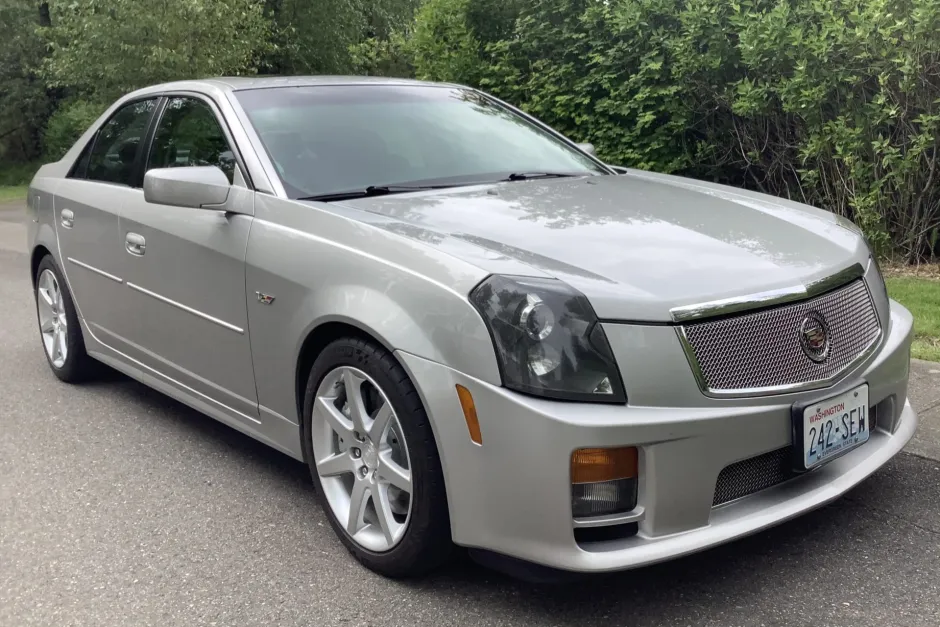
4. Cadillac CTS (First Generation)
The first-generation Cadillac CTS, introduced as a bold entry in the luxury sports sedan market, initially captured attention with sharp styling and sporty intent. However, from a financial standpoint, this generation quickly became notorious for depreciation and expensive maintenance.
Parts and repairs for the CTS can be costly due to its luxury status and complexity, which can strain budgets when combined with the fixed costs of loan payments. Buyers who finance these vehicles often find themselves saddled with payments that outstrip the car’s rapidly declining market value.
Depreciation for the first-gen CTS is particularly steep compared to German rivals and even some domestic competitors, resulting in weak resale prices. This means that owners who finance the vehicle often face negative equity early in their ownership period.
Furthermore, the luxury sedan segment’s competitive nature and the CTS’s polarizing design contribute to reduced demand in the used market, making it challenging to sell or trade the car without incurring losses. These financial realities make taking a loan on a first-generation CTS a risky proposition.
Additionally, Cadillac’s reputation for reliability in this period was mixed, with some owners reporting costly electrical and mechanical issues. The expense and frequency of repairs further diminish the vehicle’s appeal to buyers considering financing.
For luxury car shoppers seeking value and long-term satisfaction, alternative models with better resale value and lower maintenance costs are often better choices. The first-generation CTS is best approached with cash if at all, avoiding loans due to its financial pitfalls.
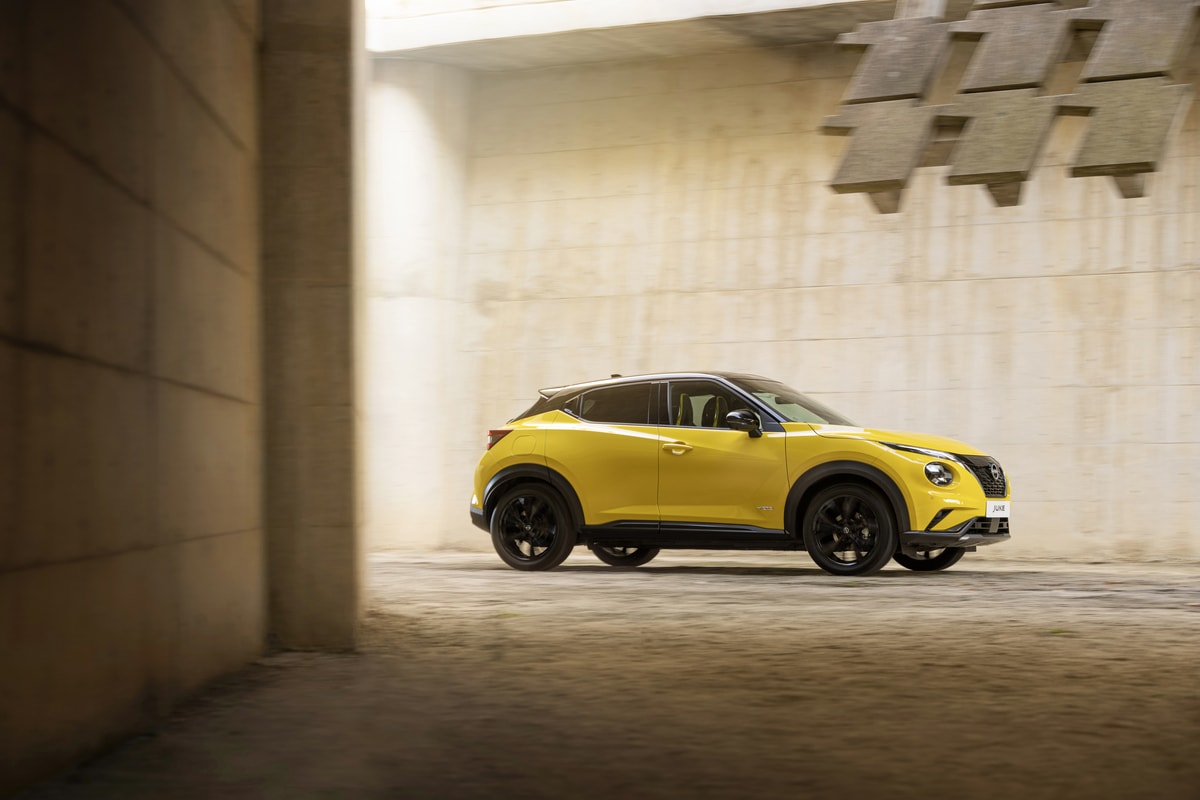
5. Nissan Juke
The Nissan Juke is a crossover known for its bold, polarizing design and compact size. While it offers decent performance and urban agility, its unique styling limits its appeal in the used market, leading to sharp depreciation.
Financing a Juke is generally not advisable because its resale value drops significantly within just a few years. Buyers who take out loans on this vehicle risk negative equity quickly, facing financial challenges if they try to sell or trade in the car before paying off the loan.
The Juke’s niche market appeal can make it difficult to find a buyer later, especially in regions where conventional crossovers dominate sales.
Furthermore, the car’s interior and ride quality, while adequate, do not stand out against competitors, which reduces buyer interest in used models. Maintenance costs are average but, combined with a low resale value, the total cost of ownership can become a poor investment when financed. Loan interest and fees only exacerbate these issues.
Lastly, the Nissan Juke’s styling and limited practicality make it a gamble for buyers seeking long-term value. Those interested in the Juke should ideally purchase with cash to avoid debt or consider more mainstream crossovers with proven value retention.
Financing the Juke risks leaving owners burdened with payments on a car worth far less than what they owe, making it one of the clearest examples of a vehicle best avoided on a loan.
Also Read: 5 Cars That Sound Cheap But Last Forever and 5 That Sound Fancy But Fail
When it comes to purchasing a vehicle, the method of payment can be just as crucial as the choice of car itself. Buying a car outright with cash has distinct advantages—freedom from debt, avoidance of interest charges, and greater financial flexibility, making it an ideal path for vehicles known for reliability, strong resale value, and reasonable maintenance costs.
The Toyota Corolla, Honda Civic, Subaru Outback, Mazda MX-5 Miata, and used Ford F-150 each exemplify cars that reward owners who pay cash, thanks to their enduring reputations, solid engineering, and financial practicality. For these cars, the upfront investment often translates to long-term savings, lower stress, and the satisfaction of full ownership.
Conversely, financing certain cars can amplify financial risks. Models like the Fiat 500, Mitsubishi Mirage, Smart ForTwo, first-generation Cadillac CTS, and Nissan Juke highlight the pitfalls of taking out loans on vehicles with steep depreciation, questionable reliability, or limited resale markets.
In these cases, monthly payments combined with the rapid loss in value and potentially high repair bills can trap owners in negative equity, forcing them to pay for vehicles worth less than what they owe. Understanding these dynamics is key to avoiding financial headaches and ensuring your money is well spent.
Ultimately, car ownership is about more than just transportation—it’s a blend of personal preference, financial planning, and practical realities. While financing can be a useful tool for many buyers, it’s not always the smartest route for every vehicle or every person.
By choosing when to buy cash and when to avoid loans, you can take control of your automotive expenses and make purchases that align with your financial goals.
The knowledge of which cars excel as cash purchases and which ones falter under loan conditions empowers you to be a savvy buyer. It encourages careful consideration of depreciation, repair costs, insurance, and market demand—factors that significantly impact total ownership cost but often get overlooked in the excitement of buying a new or used car.
As you move forward with your vehicle search, remember that the smartest car purchase isn’t just about the car itself—it’s about how you buy it, what you can afford to maintain comfortably, and the peace of mind that comes from a well-informed decision. In the end, this balanced approach ensures that your car serves you well both on the road and in your financial life.

